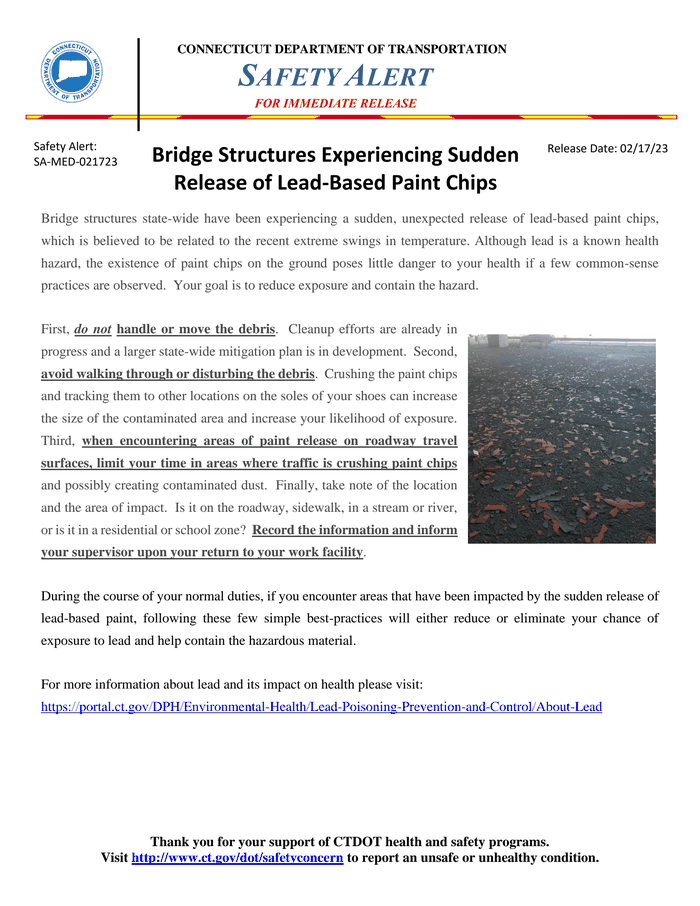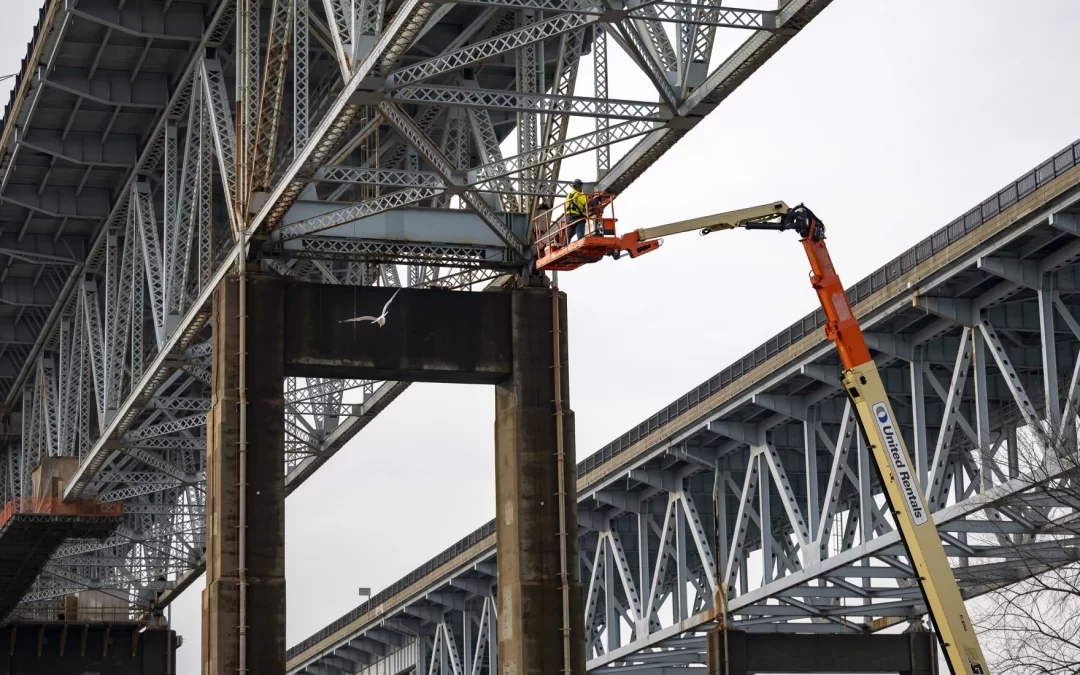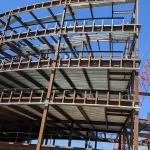Fixing some of Connecticut's steel bridges is a costly expense
By: Len Besthoff • Published February 9, 2024
NBC Connecticut Investigates has learned a big bill has come due for the state, for steel bridges, and it will approach a billion dollars over the next decade.
It involves lead paint, which is a health hazard known to cause brain damage and other problems.
A state staffer told us this is not an issue limited to Connecticut and it’s an emerging, nationwide problem.

The Connecticut Department of Transportation said a sudden freeze-thaw in February 2023 caused lead-based paint to shed on some steel bridges across the state.
The DOT immediately began assessing this, alerting towns and cities to do the same. The agency got contractors on the case, to the tune of $30 million so far.
The DOT said it will recoat 220 of its 523 steel bridges over the next eight years. The price tag? Approximately $800 million to do about 28 steel bridges per year.
Funding to cover this will come from state bonding, which is that’s ultimately covered by taxpayers.
The DOT said lead paint chips on the ground pose little danger with some commonsense practices, it’s all about limiting exposure.
Don’t handle them, crush them or walk through them and limit your time in areas where traffic is crushing paint chips.
An EPA manual on lead paint abatement last updated in 2021 explained:
“Lead-based paint is still used on bridges and on steel structures to prevent rust and corrosion. These are “industrial uses” of lead-based paint. There are no restrictions on the use of lead-based paint for industrial purposes. About 90,000 bridges in the United States are coated with lead-based paint. Blasting or grinding lead-based paint off steel structures and even performing routine repairs creates huge amounts of lead dust. Doing this type of work can be harmful to workers and the surrounding community. The lead dust gets into the air and nearby soil, plants, and water.”
For more information on the impact of lead, click here.











